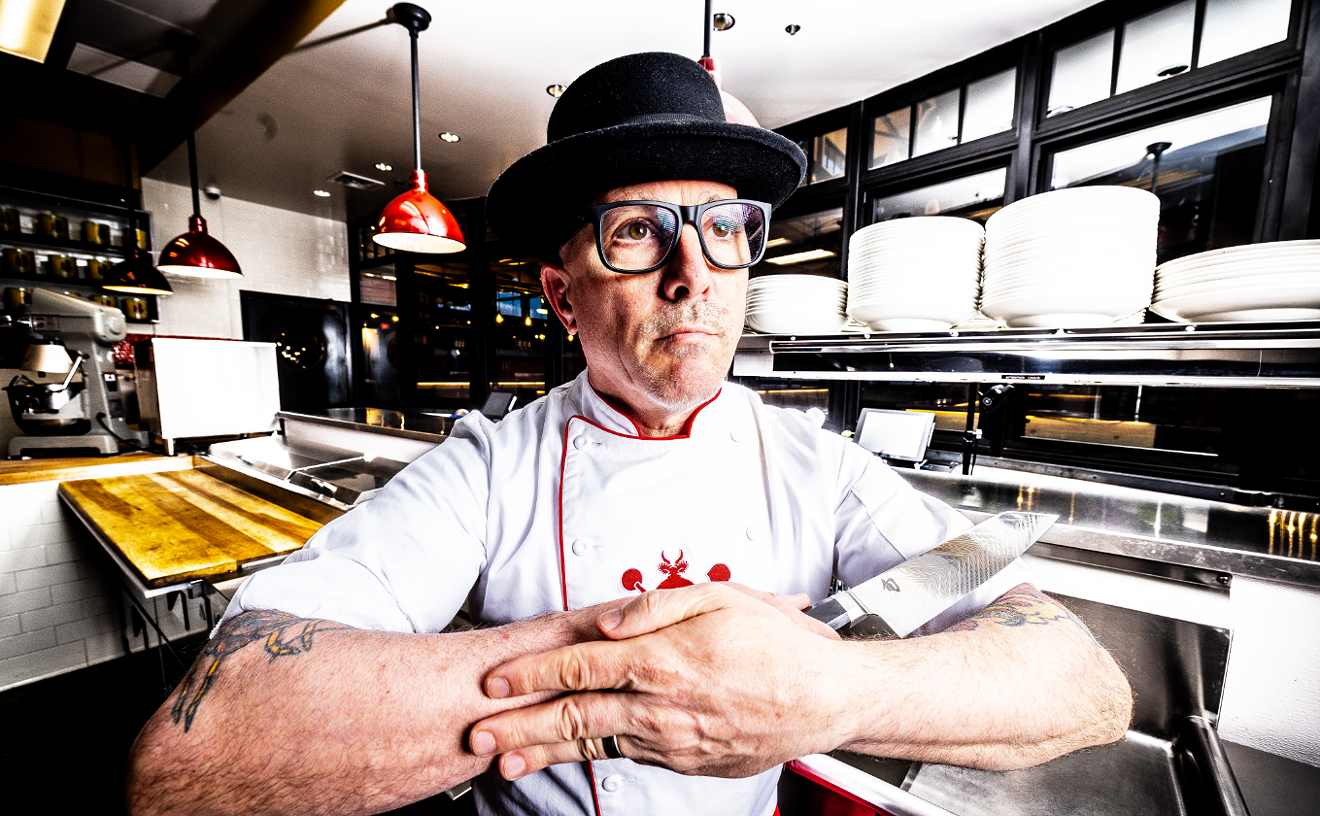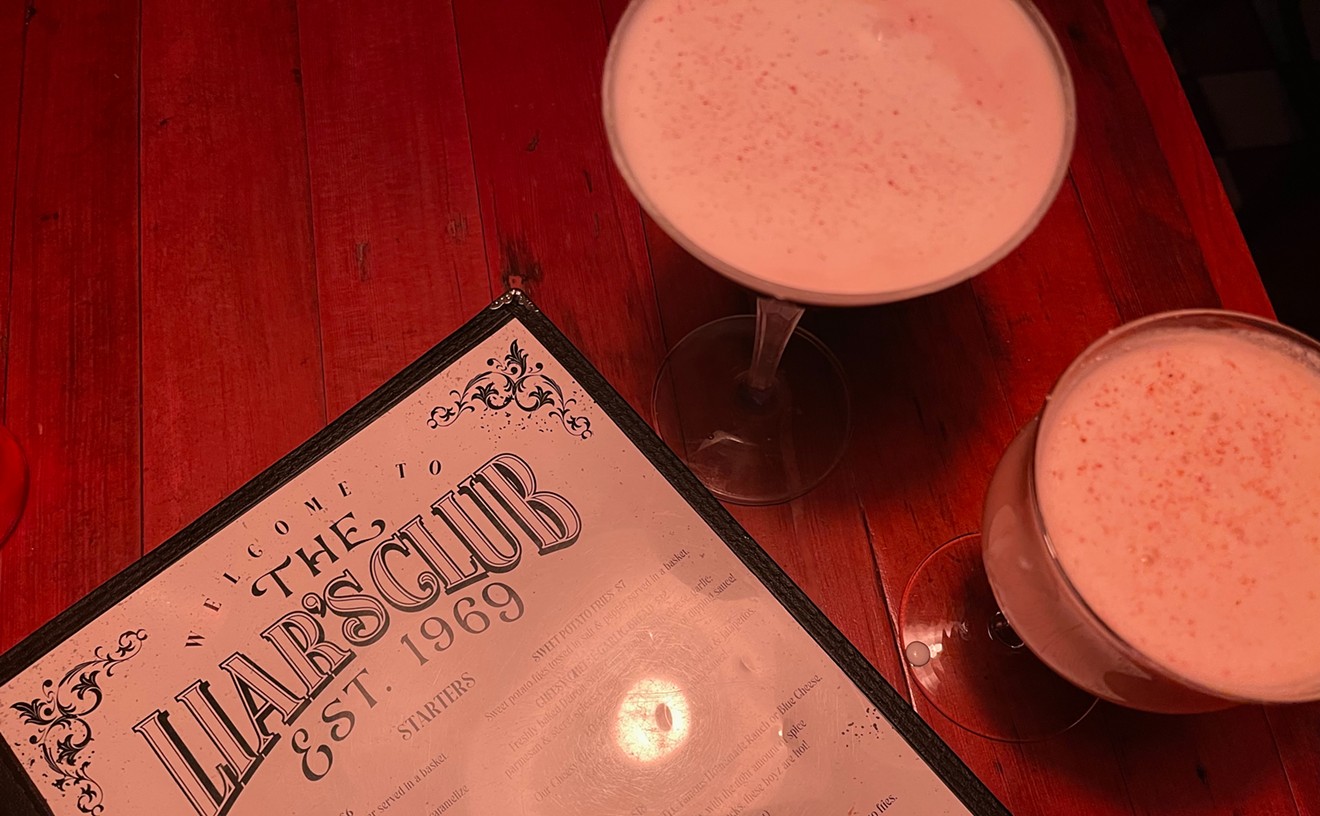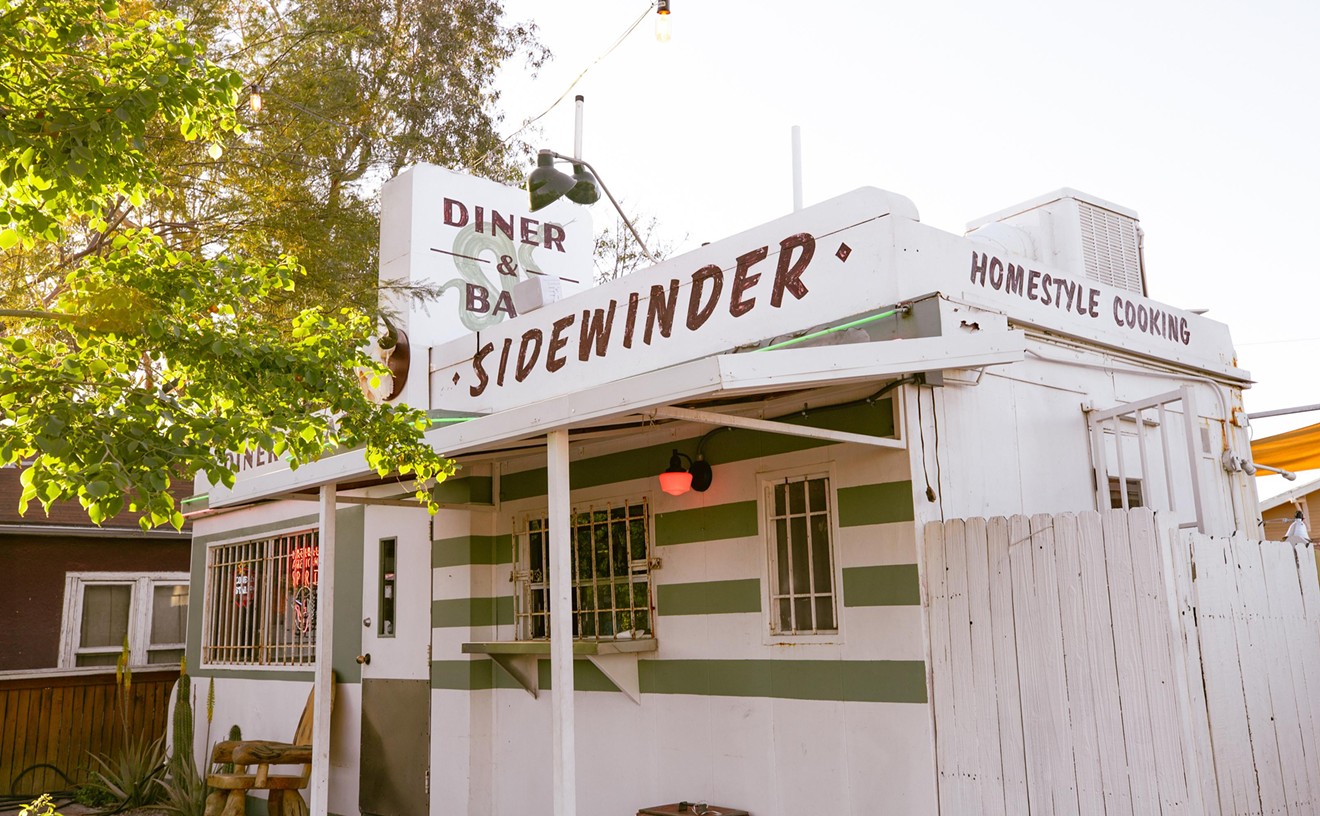You might think making cheese is a dirty job but it's surprisingly easy and with just a trip to your local beer-making store you'll have everything you need to make your own gouda, chèvre or gruyère. The artisanal craft of making cheese is a handy skill to have because, who doesn't love wine and cheese. (If you don't, stop reading now.)
Gol notes that making cheese is a bit of a commitment. It takes about two to three hours and you can't really set it and forget it. She recently returned from a trip to the Netherlands where she visited the Cheese Museum and has been making cheese for over a year. This is all when she's not busy with her family, volunteering at The Simple Farm or working. The woman has patience and skill. If you'd like to take a class before trying this at home, click here for details on an "Udder to Table" cheese making class.
See also: Boho Farm's Caroline Van Slyke Makes Rose Petal Jelly with Chow Bella
Gol starts making our gouda cheese with 2 gallons of raw goat's milk from The Simple Farm.* She places it in a sterilized, large vat-like pot and turns the burner to a low to medium setting to warm the milk to 86* F. Then she ads the culture, sprinkling it lightly, already measured for the gouda cheese thanks to the packages sold at a local beer-making store. After about 5 minutes, once the culture had dissolved, Gol takes a slotted spoon and moves it up and down in the milk in a gentle motion. This draws the culture down without breaking the surface of the milk.
Then Gol measures out the right amount of sodium chloride (this varies by volume of milk and recipe) and dilutes it in cold water. Then she adds it to the milk and repeats the slotted spoon motion described above. More measuring, the appropriate amount of vegetable rennet is measured, diluted and added to the vat, which is holding steady at 86 degrees Fahrenheit. Gol uses vegetable rennet because her milk is raw. If your milk is not raw, you may use animal rennet, which is an enzyme derived from the stomachs of animals like calves. No coincidence that this is how cheese was traditionally transported.
After these steps, the pot is covered and let set at 86 degrees. Gol wraps her pot with clothes before turning the burner off or setting on ultra low and letting it set for 30 minutes. Be careful at this step as you never want to scald your milk.
Once the 30 minutes has passed, open the pot and check for a "clean break" between the milk and the whey. Luckily the day we made cheese, Gol's "broke" perfectly and so she takes a knife and carefully cuts the curd in a checkerboard pattern and let's stand for 5 minutes. During that time the curds will sink to the bottom of the vat.
Next, Gol pours of about 1/3 of the whey or 6 cups and replaces it with 6 cups of hot 150*F water- specifically to get the vat to 92*F. Gol takes each temperature reading carefully and lets the curds rest for 10 more minutes. Next she pours off about half of the whey and adds hotter water until the temperature of the vat reaches 100* F. She stirs the vat and maintains the temperature. Stirring keeps the curds from sticking together (matting). Then we cover and allow the curds to set. This takes about 20 minutes.
Finally she pours off all of the remaining whey/water mixture and we prepare for the final steps in the process. Gol takes a shallow pan and lines it with cheese cloth and strains the liquid from the curds but gathering the cheese cloth around it. Gol adds Herbs de Provence and salt to the curds and spreads everything evenly.
She then decides on which cheese molds (almost like tupperware with holes in the sides) she wants to use and lines them each with cheesecloth. She separates the curds equally and places them into the 3 molds, trying to make them equal, and wraps the cheese cloth around the top too. At this point, you need to apply pressure to help the liquid drain further. Gol's husband built her a "cheese press" that helps apply pressure, but you can basically use, anything heavy.Gol presses her cheese 3 times, making sure to flip it over and rewrapping it in cheese cloth each time. You can also rinse the cheese cloth between pressed or use new clothes. A press that holds the pressure is quite useful but not necessary. Gol hands a bottle of apple juice and a weight on the end of the fulcrum to keep ithe press applying pressure on the cheese.
Once you take it out of the press you can sit it on a wire cookie sheet for 2 to 3 days or until a rind starts to form. Then, Gol gently pats down the cheese and decides to wax her cheese for aging and storage. (You can also brine your cheese)
While the cheese rests on a piece of wax paper, Gol cuts up small pieces of cheese wax and melts it, using an old double broiler. Carefully, she takes the cheese and dips each side of the cheese in the wax ensuring that the wax covers the bottom as well. Typically it takes about 3 "dippings" to cover the cheese. Once the wax dries (it does so quickly) you can store your cheese in a cool, dark place. Gol uses a small wine fridge with a few damp paper towels inside to age her cheese.
If you're interested in learning more about cheese-making, Gol recommends reading Mastering Artisan Cheesemaking by Gianaclis Caldwell and Home Cheesemaking by Ricki Carroll.
Follow Chow Bella on Facebook and Twitter and Pinterest.
*It's important to note that this milk is raw and some additional steps may be needed in making some cheese if your milk is not raw. When making cheese, do your research.










